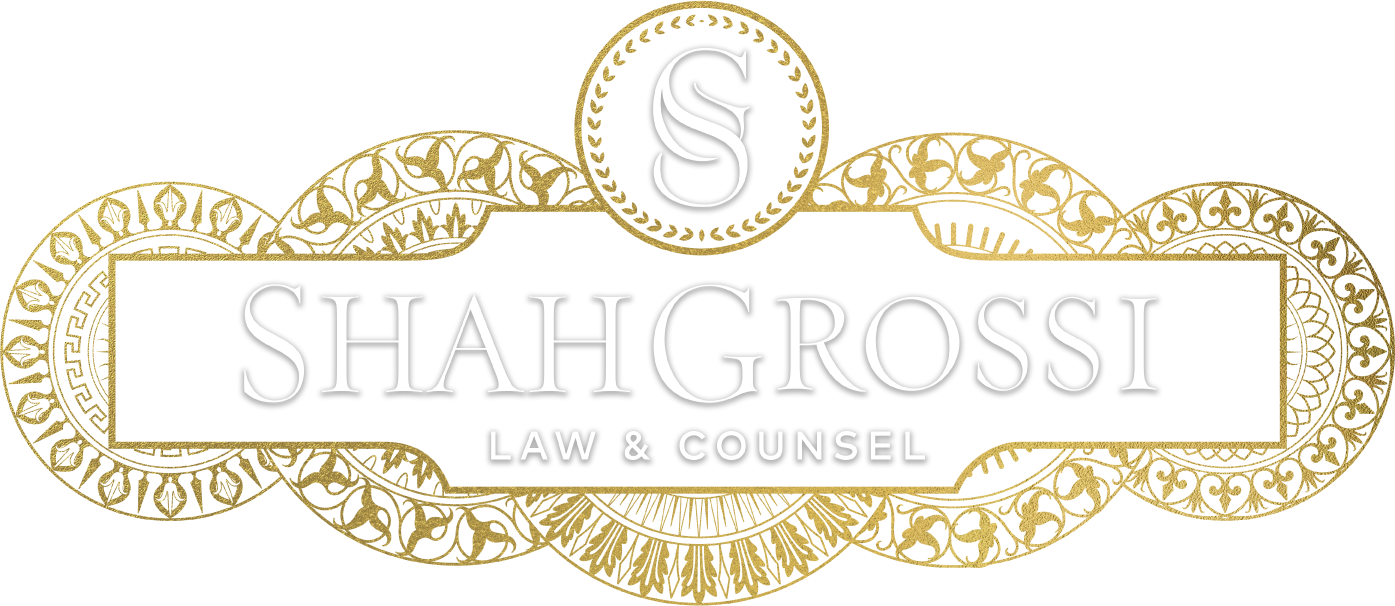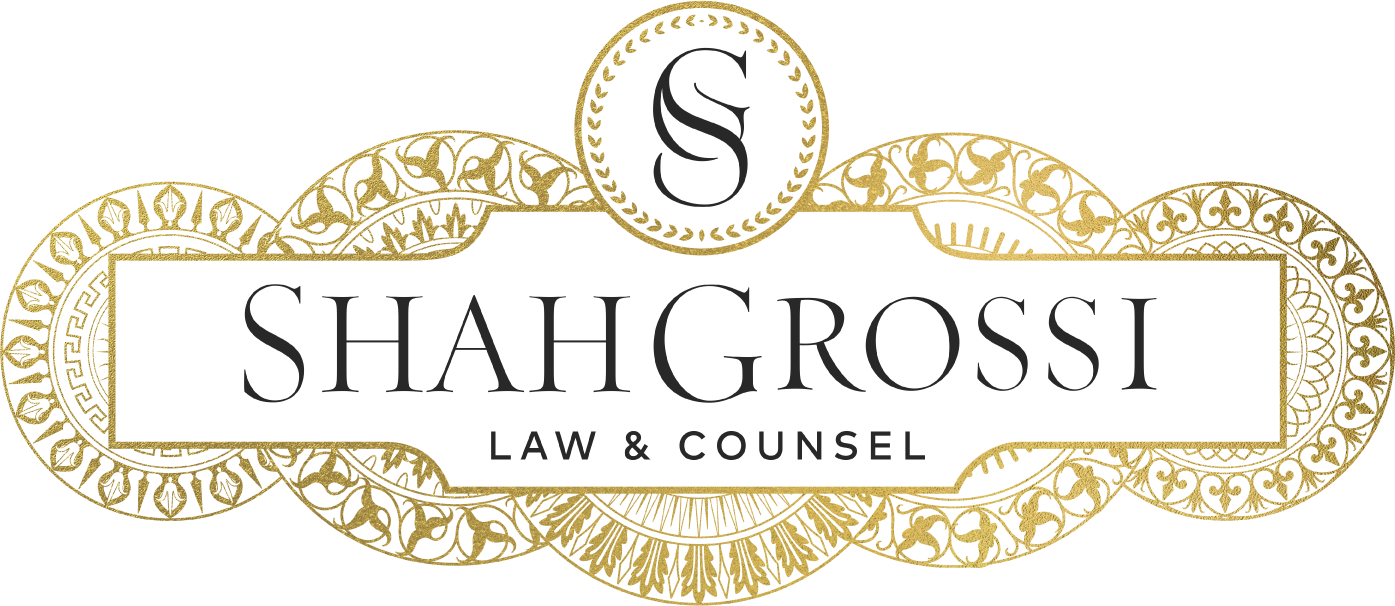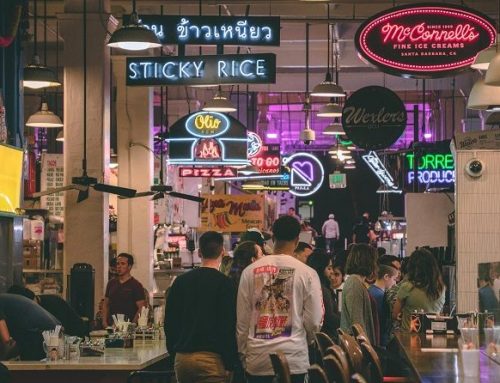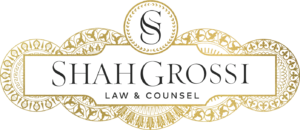Overview:
There are many new laws for 2021 that California employers must be aware of and potentially take prompt action to comply with. From COVID-19 related laws (including notice and reporting requirements, workers’ compensation liability presumptions, and handwashing rules for food industry workers) to worker classification issues (employees versus independent contractors), the new laws are robust, complex, and will require each employer to assess the applicability of each law to their business operations and specific circumstances.
COVID-19: Notice and Reporting Requirements (AB 685):
AB 685 took effect on January 1, 2021. It requires California employers to take certain prompt actions regarding notification and reporting of COVID-19 exposure. Employers must take the actions set forth below within one business day of receipt of notice that any members of its workforce were exposed to someone who (i) tested positive for COVID-19, (ii) was diagnosed with COVID-19 by a licensed healthcare provider, (iii) was ordered by a public health official to isolate due to COVID-19, or (iv) was determined by the county public health department to have died due to COVID-19. The employer’s receipt of such notice can come from any number of sources, including from the employee, the employee’s representative, the employee’s emergency contact, testing protocol at the workplace, or the employer of a subcontracted employee who was at the jobsite.
When any such notice is received by an employer, such employer must:
- Determine which employees were at the worksite at the same time as the potentially contagious individual, particularly during the infectious period (at minimum, the 48-hour period before the individual developed symptoms). The “worksite” is limited only to those specific areas where the potentially contagious individual was physically present.
- Provide written notice to the potentially exposed employees, their representative (if any), and the employers of any exposed subcontracted employees, which notice must include the following:
- That they may have been exposed to COVID-19;
- What COVID-19 related benefits are available to them;
- Information about anti-retaliation and anti-discrimination protections; and
- A description of the employer’s disinfection and safety plan.
The notice may be given through any means that is likely to be received (including e-mail or text message) so long as such means is typically used for communicating with the employee. The written notice must be in English and the language understood by a majority of the employees. The employer must keep a record of the notice for at least three years.
- Provide written notice to the exclusive representative (if any unions or employee associations are involved) of all potentially impacted employees that contains the same information that would be required for an incident report within a Cal/OSHA Form 300 Injury and Illness Log, even if the company is not required to maintain such a log. The employer must keep a record of the notice for at least three years.
In addition to the employee notice requirements above, employers also have government-related reporting requirements to be aware of and comply with. AB 685 imposes the obligation to report a COVID-19 “outbreak” to the local public health agency in the jurisdiction of the worksite. An outbreak is defined as three or more laboratory-confirmed cases of COVID-19 among employees who live in different households within a two-week period. Within 48 hours of any such outbreak, the employer must notify the local public health agency of the names, phone numbers, occupations (job titles), and worksite location(s) of the infected employees, as well as the employer’s business address and NAICS code of the worksite. The employer will be required to continue notifying the local health department of any subsequent laboratory-confirmed cases of COVID-19 at the workplace.
Finally, effective January 1, 2021 through January 1, 2023, Cal/OSHA may prohibit operations when, in its opinion, a worksite exposes workers to the risk of infection of COVID-19 constituting an “imminent hazard.” Any such prohibition will be limited to the immediate area in which the imminent hazard exists. If Cal/OSHA alleges a “serious violation” due to COVID-19, it does not need to deliver to the employer a standardized form containing descriptions of the alleged violation prior to issuing citations as would otherwise be required. AB 685, therefore, effectively eliminates the pre-citation process and authorizes Cal/OSHA to immediately issue a citation alleging a serious violation relating to COVID-19 before considering any mitigating factors or other relevant information that may be presented by the employer.
COVID-19: PRESUMPTION OF WORKERS’ COMPENSATION LIABILITY (SB 1159):
This new law is effective until January 1, 2023. For all private sector employees (other than health care workers), the law provides that any worker who suffers an illness or death related to COVID-19 after July 6, 2020 is presumed to have suffered an occupational injury and, therefore, is entitled to workers’ compensation insurance benefits, but only if all of the following three circumstances exist: (i) the employee tests positive for COVID-19 within 14 days after a day that the employee performed labor or services at the employer’s direction at the employee’s “specific place of employment” (defined as the building, store, facility, or agricultural field where an employee performs work at the employer’s direction), (ii) the work was performed on or after July 6, 2020, and (iii) the employee’s positive test occurred during a period of an “outbreak” at the employee’s specific place of employment.
An “outbreak” exists when one of the following occurs within a period of 14 days at a specific place of employment: (i) four or more employees test positive (if the employer has 100 or fewer employees), (ii) four percent or more of the number of employees who reported to the worksite test positive (if the employer has 100 or more employees), or (iii) the specific place of employment is ordered closed by a local health department, the State Department of Health, the Division of Occupational Safety and Health, or a school superintendent due to the risk of infection of COVID-19.
The presumption of occupational injury can be rebutted or otherwise disputed by the employer, and evidence would need to be presented showing the safety measures in place at the worksite to reduce potential transmission of COVID-19, or evidence that the employee likely contracted the virus outside the workplace. If the presumption is not successfully disputed, the employee would be entitled to full hospital, surgical, medical treatment, disability indemnity, and death benefits. This new law gives employers all the more incentive to implement robust safety measures.
SB 1159 also creates new reporting requirements. When an employer (with five or more employees) knows or reasonably should know that an employee tested positive for COVID-19, they must report all of the following to their workers’ compensation claims administrator within three business days: (i) that an employee has tested positive (excluding any personal identifying information unless the employee has asserted that the infection is work-related or has submitted a workers’ compensation claim related to the infection), (ii) the date the employee tested positive, (iii) the worksite address where the infected employee worked during the 14-day period before testing positive, and (iv) the highest number of employees who reported to work at the infected employee’s place of employment during the 45-day period preceding the last day the infected employee worked at such location. The failure to properly report this information can lead to penalties and fines, so this should not be ignored.
Handwashing Requirements; Small Employer Family Leave Mediation Pilot Program (AB 1867):
AB 1867 requires employees working in any food facility to be permitted to wash their hands every 30 minutes, and additionally as needed. All restaurant owners and operators should implement comprehensive handwashing (and sanitizing) requirements, and enforce such rules through clear guidelines, training sessions, and strong managerial leadership.
Unrelated to COVID-19, AB 1867 also established a family leave mediation pilot program at the Department of Fair Employment and Housing which allows a small employer (5 to 19 employees) or an employee of a small employer to request all parties to participate in the DFEH’s dispute resolution process within 30 days of receipt of a right-to-sue notice. If mediation is requested, the employee could not pursue civil action until the mediation process is complete, and the statute of limitations would be tolled for the employee to bring a civil claim. This program is set to expire on January 1, 2024.
Classifying Workers as Employees or Independent Contractors (AB 2257):
To provide some context, in September 2019 Governor Gavin Newsom signed AB 5 (Section 2750.3 of the Labor Code) into law, which presumes that all workers are employees unless the following “ABC” test can be satisfied by the employer to allow the worker to be properly classified as an independent contractor: (A) the worker is free from the control and direction of the hirer in connection with the performance of the work; (B) the worker performs work that is outside the usual course of the hiring entity’s business; and (C) the worker is customarily engaged in an independently established trade, occupation, or business of the same nature as the work performed for the hiring entity.
Although AB 2257 effectively repealed that law and, instead, codified sections 2775-85 of the Labor Code, it kept the strict three-part “ABC” test unless an exemption applies (see the exemptions below), in which case the more lenient and multi-factored “Borello” test would be used. The Borello test examines the totality of the circumstances of the relationship between the business and the person performing the work, in light of the following 11 factors: (1) whether the person performing work is engaged in an occupation or business that is distinct from that of the company, (2) whether the work is part of the company’s regular business, (3) whether the company or the worker supplies the equipment, tools, and the place for the person doing the work, (4) the worker’s financial investment in the equipment or materials required to perform the work, (5) the skill required in the particular occupation, (6) the kind of occupation, with reference to whether, in the locality, the work is usually done under the company’s direction or by a specialist without supervision, (7) the worker’s opportunity for profit or loss depending on his or her own managerial skill, (8) how long the services are to be performed, (9) the degree of permanence of the working relationship, (10) the payment method, whether by time or by the job, and (11) whether the parties believe they are creating an employer/employee relationship. Although no single factor is determinative, the first one is typically given more weight.
The primary changes caused by AB 2257 include (1) modifying the business-to-business, referral agency, and professional services exemptions that were originally set forth in AB 5 and (2) exempting additional occupations and business relationships. These exemptions are listed below. Notably, AB 2257 grants local district attorneys the ability to file injunctive relief actions against businesses suspected of misclassifying any of their employees as independent contractors, whereas AB 5 only permitted the California Attorney General (and certain city attorneys) to seek such relief.
Business-To-Business Exemption: AB 2257 maintains the exemption for bona fide business-to-business contracting relationships where a contractor (acting as a sole proprietor or a business entity formed as a partnership, LLC, partnership, or corporation) contracts to provide services to another such business. The new law also extends this business-to-business exemption to include a public agency or quasi-public corporation that has hired an independent contractor.
“Single-Engagement” Business-To-Business Exemption: AB 2257 created an exemption for a “stand-alone non-recurring event in a single location, or a series of events in the same location no more than once a week” so long as the worker has (i) “control and direction” over the work, (ii) mutual freedom to negotiate the rate of pay, and (iii) a written contract that specifies the pay rate. Also, the tools and materials must be provided by the worker, and both the hiring and performing entities must maintain separate business locations.
Entertainment/Music Industry Exemptions: Several new entertainment industry exemptions were also created, primarily focused on the music industry. Some positions that are generally exempt include: recording artists; songwriters, lyricists, composers, and proofers; managers of recording artists; record producers and directors; musical engineers, mixers, and musicians engaged in the creation of sound recordings; vocalists; and independent radio promoters. However, film and television unit production crews, still photographers and cinematographers, are not exempt under this aspect of the law. Non-independent music publicists are also not exempt. Additionally, musicians and vocalists who do not receive royalties are treated as employees for purposes of receiving minimum wage and overtime payments.
Referral Agency Exemption: AB 2257 expands the referral agency exemption by adding additional services that are exempt, including graphic design, web design, tutoring, consulting, youth sports coaching, caddying, wedding planning, wedding and event vending, yard cleanup, captioning, and interpreting and translating services. It clarifies various provisions, such as how a service provider certifies licensure, the freedom of the service provider to maintain its own clientele, and the ability of a service provider to set or negotiate contract terms with its clients (including establishing its own rates without deduction by a referral agency).
Professional Services Exemption: Under the old AB 5 framework, freelance writers, photographers, photojournalists, editors, and newspaper cartoonists automatically became employees of a publisher if they contracted for more than 35 submissions in a single year. The new AB 2257 eliminates that automatic employee provision based on the number of submissions, and provides that these positions (and additional, similar positions) are covered by the Borello test (set forth above). The services provided must be governed by written contract that specifies the rate of pay and time of payment. The law also adds translators, copy editors, and illustrators to the exemption list, provided that all work is performed under a contract that specifies the rate of pay, time of payment, and intellectual property rights.
Other Exemptions: Other qualifying exemptions include individuals engaged in underwriting inspections and other services for the insurance industry, manufactured housing salespersons, certain individuals engaged by international exchange visitor programs, and competition judges.
Conclusion: If your business experiences (or has already experienced) any positive COVID-19 cases among the workforce, special care should be taken to fully assess the situation with experienced legal counsel and determine whether any of these new laws require the business to take action. If action is required, the timeframe for doing so is short and any delay could result in violations, penalties, fines, and/or shut-down orders. In addition, the proper classification of workers as either employees or independent contractors is often unclear and requires an understanding of how to apply several factors (stemming from recent court cases and legislation) to the unique circumstances of each case. Employers who try to do this alone are risking severe consequences if they are wrong.








